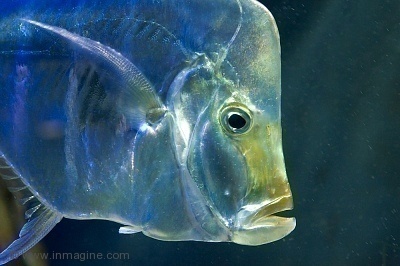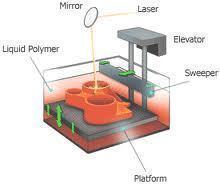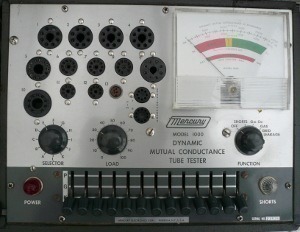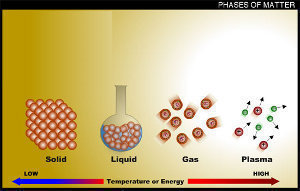A living organism is bioluminescent when it produces and emits light. Most organisms that do this live in the sea. However, there are several land insects and plants that also have bioluminescent qualities, including the firefly. The trait has typically evolved in organisms that either need to communicate with each other or lure/detect prey.
How does Bioluminescence Work?
Light is created when an electron orbits an atom’s nucleus. When an electron receives enough energy to jump to a higher orbital shell then falls back to the lower shell, the resulting energy escapes in the form of light. For most traditional light sources, this occurs when electrons are thermally excited and a significant amount of the energy is released as heat and light. In bioluminescence, electrons are excited through a chemical process and no energy is lost as heat. All of the resulting energy is emitted as visible light, which is why bioluminescence is referred to as “cold light.” The common chemicals that organisms use to emit light are a substrate, luciferin, and an enzyme. The most common light that marine organisms produce is blue since it penetrates the furthest in the ocean.
Why do Organisms Develop Bioluminescence?
Organisms have developed bioluminescence over the millenia for a number of reasons. Fish can use light to attract mates, warn away predators, or find food. Some deep water fish that have light organs underneath their eyes that serve the same purpose as headlights were discovered. Some shrimp varieties spit out a bioluminescent cloud while in the jaws of an attacker in order to distract the other fish while the shrimp escapes. Emitting light also helps a fish or other creature disguise its silhouette against the sea’s background, allowing it to blend in with the surrounding water. The firefly is the most well known land organism that emits light. Worms, fungi, and mushrooms that have bioluminescent qualities have been discovered.




Follow Us!